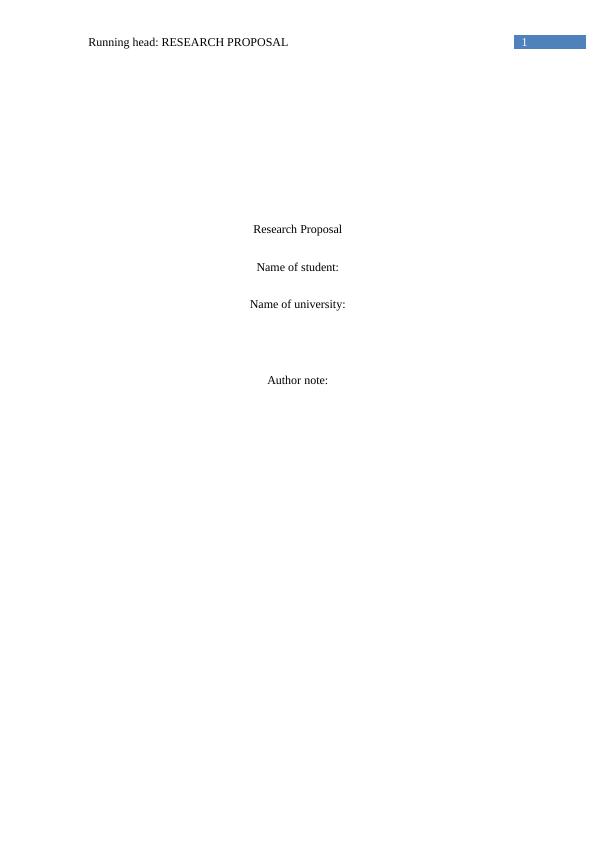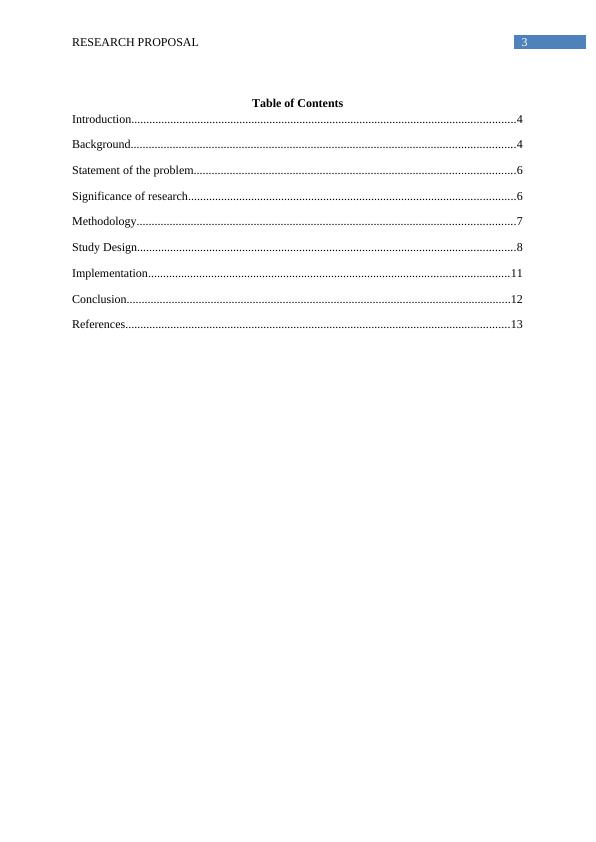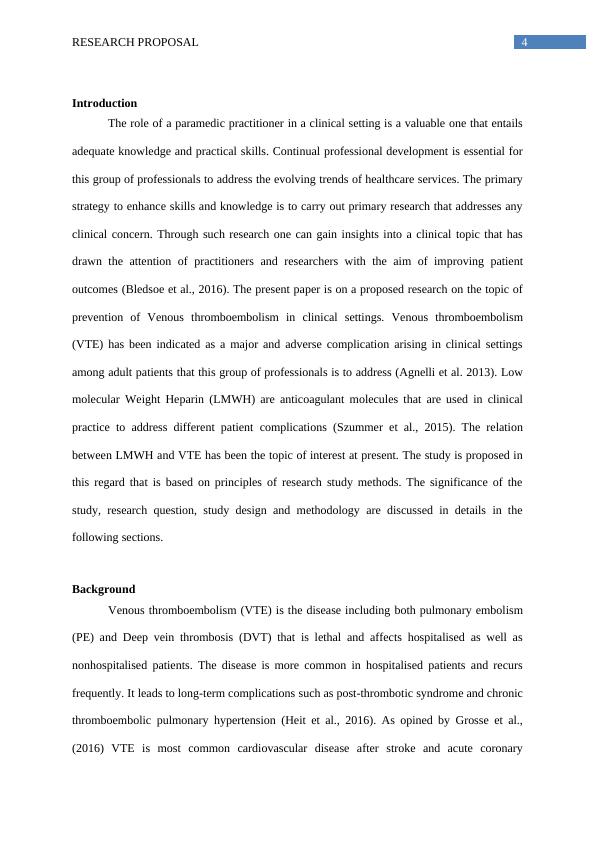Ask a question from expert
Research Proposal on Prevention of Venous Thrombo-embolism (VTE)
14 Pages3701 Words864 Views
Added on 2020-04-21
Research Proposal on Prevention of Venous Thrombo-embolism (VTE)
Added on 2020-04-21
BookmarkShareRelated Documents
End of preview
Want to access all the pages? Upload your documents or become a member.
Journal Article Critical Appraisal for Journal Club Presentation
|5
|693
|397
Practicum Experience: A Case Study of Heparin Infusion in Critical Care Unit
|3
|581
|78
Venous Thromboembolism Prophylaxis in Plastic Surgery: A Literature Review
|5
|1462
|434
Critical Appraisal Literature Review
|10
|1992
|100
Aspirin for ACLR, Knee Arthroscopy and Foot/Ankle Surgeries for Prevention of VTE
|13
|2187
|11
Case Study on Evaluation of Papers
|5
|823
|38



